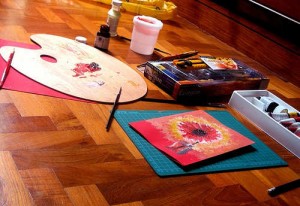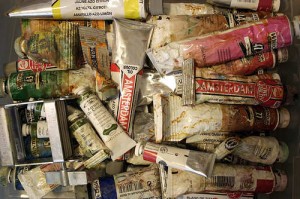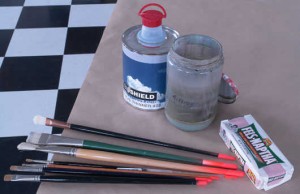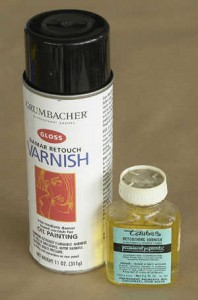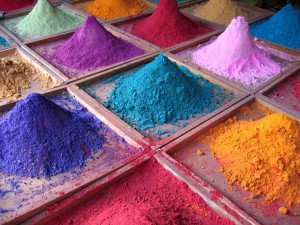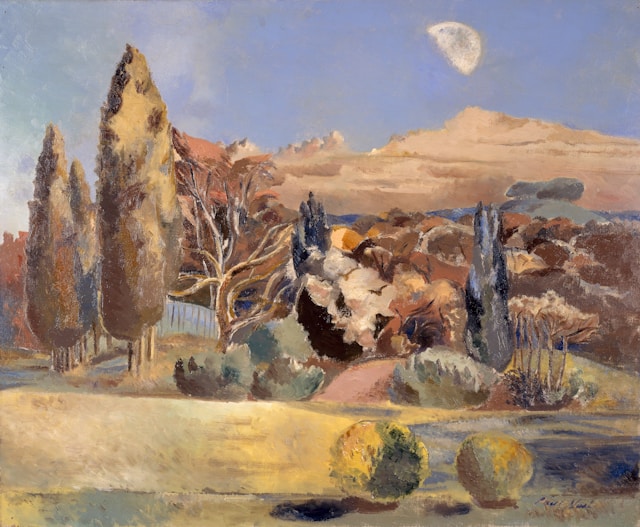
Caring for your Artwork: 5 Simple Ways
Having an artwork is an investment both emotionally and financially. Whether you’re the painter or the art collector, making sure that your painting is in pristine condition should never be a difficult task.
Here are five simple ways on how to care, clean and store your artwork:
Dust regularly. Keep your paintings in tip-top shape by dusting them regularly. If the painting is on a wall, bring it down first and place it on the floor against a wall at an angle before dusting.
Use a soft, clean brush or a microfiber cloth to gently sweep away dust and dirt. Think of yourself as a painting detective, revealing the true beauty hidden beneath the grime! Avoid feather dusters since its fibers could latch on the canvas and edges of the paint itself.

Avoid direct sunlight. Sunlight—the painter’s best friend and worst enemy! While natural light can enhance the beauty of your artwork, prolonged exposure can cause colors to fade and canvas to deteriorate faster than last week’s leftovers.
Keep your paintings out of direct sunlight or consider using UV-filtering glass to protect them. It’s like giving your masterpiece its own pair of sunglasses!
Check the temperature and humidity. Whether you’re hanging or storing your painting, it’s important to pay attention to the room’s temperature and humidity. Avoid extreme heat and cold temperatures since these will damage your artwork.
According to art experts, between 21-24 degree Celsius is the optimal temperature to keep paintings. Be mindful of ceiling lights which can deteriorate your painting in the long run. Also, keep your paintings away from air conditioning units, radiators, fireplaces, and air vents.
Store properly. When it’s time to tuck your paintings away for a little rest, give them the VIP treatment! Store them vertically in a cool, dry place away from damp basements and hot attics.
If you’re stacking them, make sure to place protective sheets between each painting to prevent scratches and smudges. The front of the canvas should be stacked against the front–and not the back, of another canvas. Make sure that the stretcher bars rest over stretcher bars so there are no sharp edges (corners) pushing into the canvas of another painting.
Tip: Put paintings on crates or other stable platform to prevent the them from touching the ground that exposes them to dirt. And, if you live in a flood-prone area, these crates will keep your paintings safe and dry.
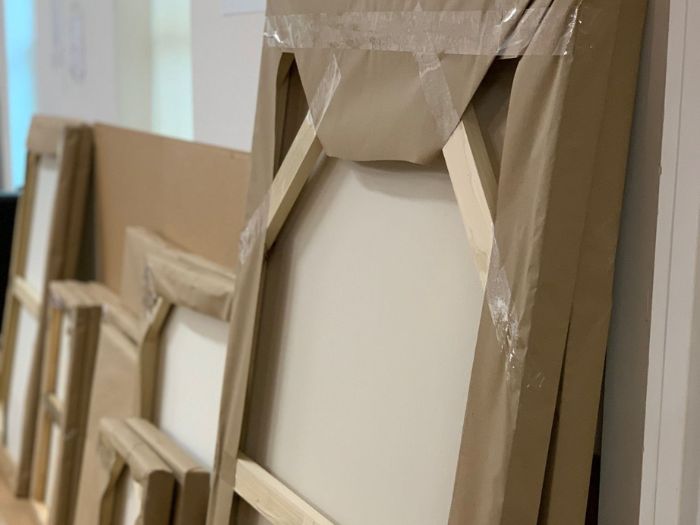
Handle with care. Always handle your painting with care. Hold the artwork by the frame or edges and prevent touching the surface of the painting. The oil in your fingertips can damage the artwork.
Always have acid-free paper, bubble wrap, corner protectors, foam cushions, etc. on hand. These inexpensive items will protect your painting while in storage, and during moving or shipping.
Want to learn more about how to ship your painting? Check out How to Pack and Ship Canvas Art for more!
Keep in mind these simple tips so you can enjoy your painting for many years to come.
Remember, happy paintings make for happy art lovers!
If you’re looking for high-quality canvases, contact us! Whether you want a custom-sized or standard size canvas, our staff is ready to help you.
Featured image: Birmingham Museums Trust
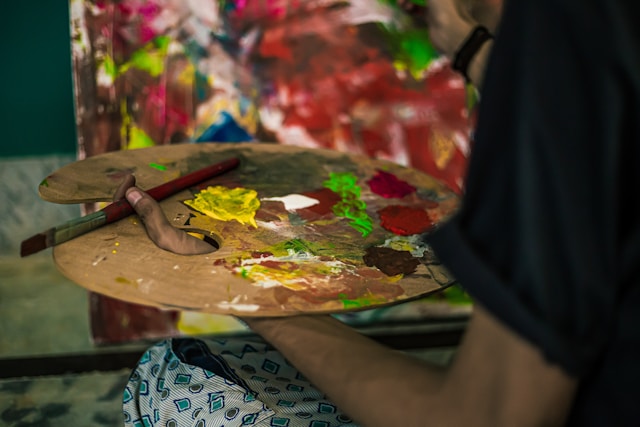






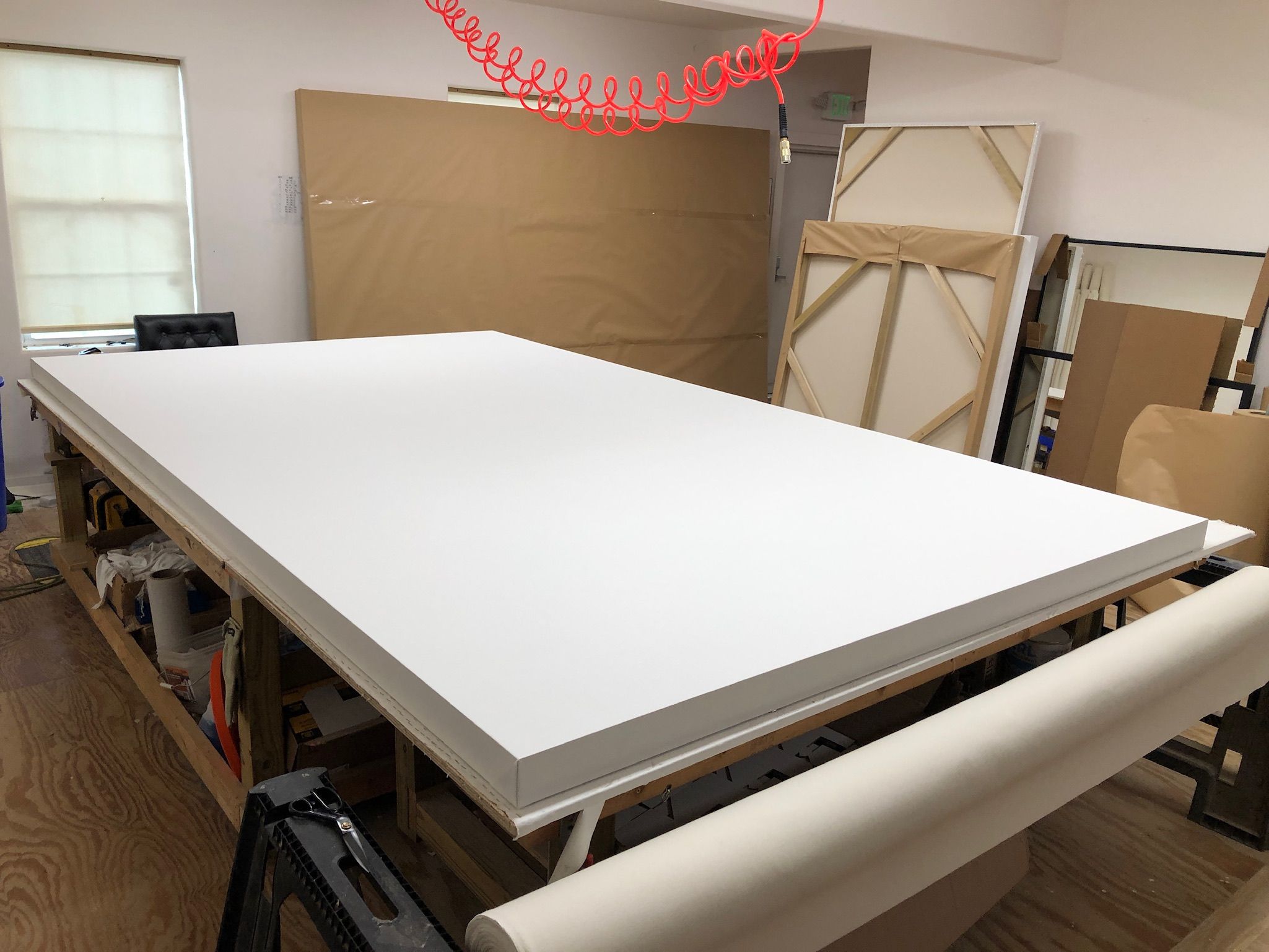 For newbies, a 12-ft canvas offers a big space for experimentation. Mistakes can be part of a grand artwork and can give lessons to the budding artist. Explore techniques and embrace the freedom of creating art on a large canvas.
For newbies, a 12-ft canvas offers a big space for experimentation. Mistakes can be part of a grand artwork and can give lessons to the budding artist. Explore techniques and embrace the freedom of creating art on a large canvas.

